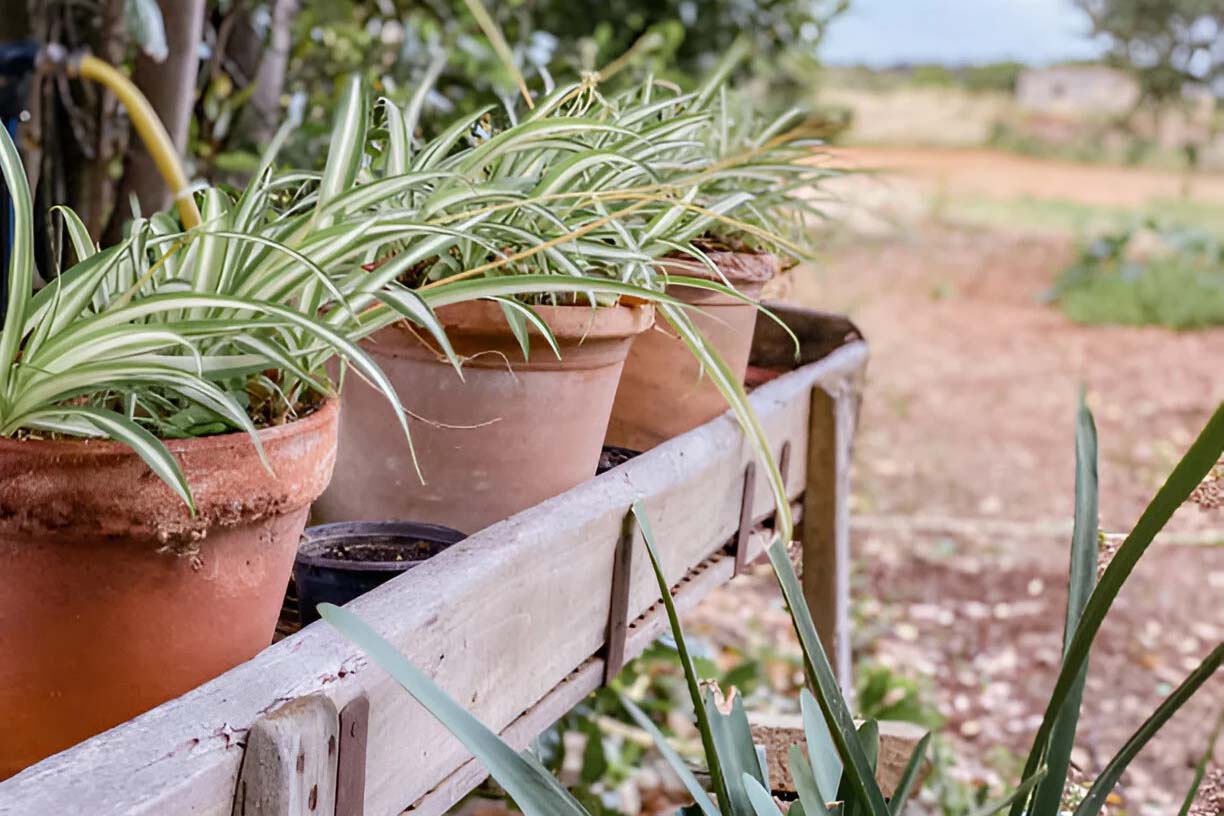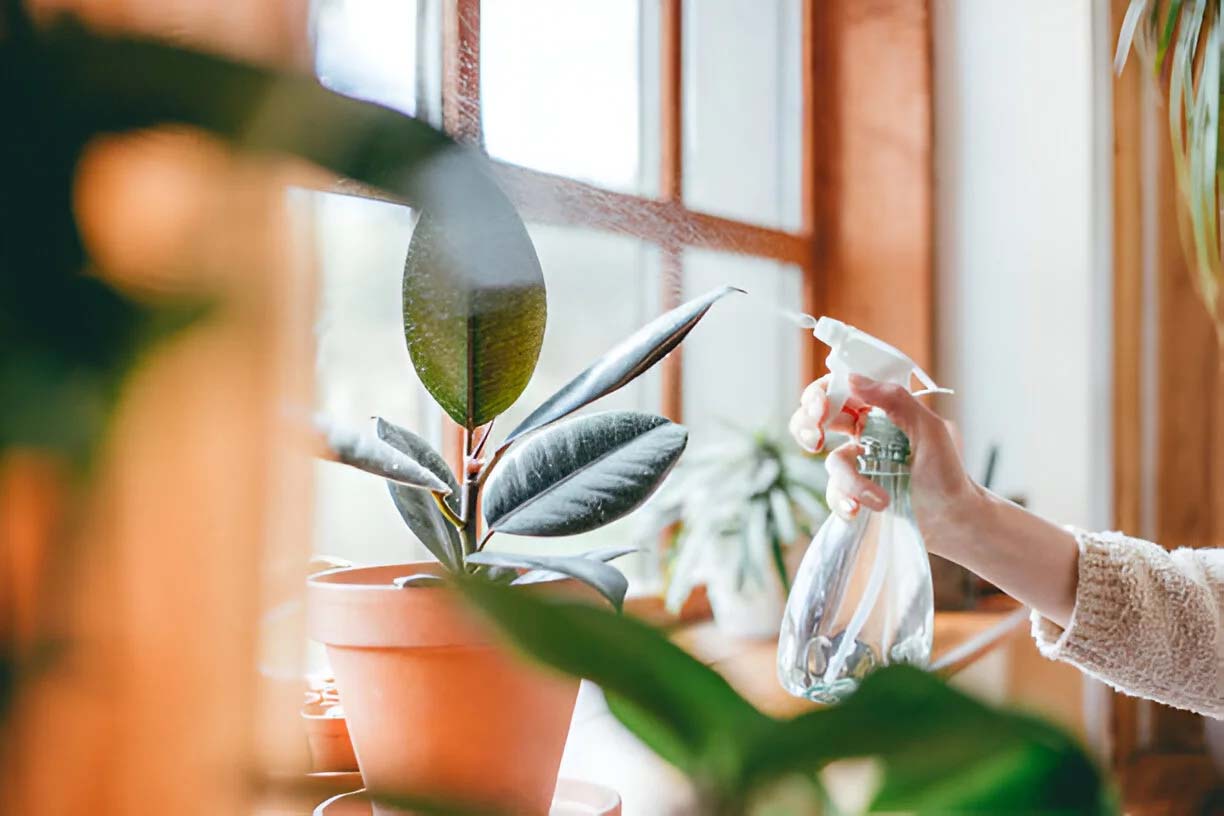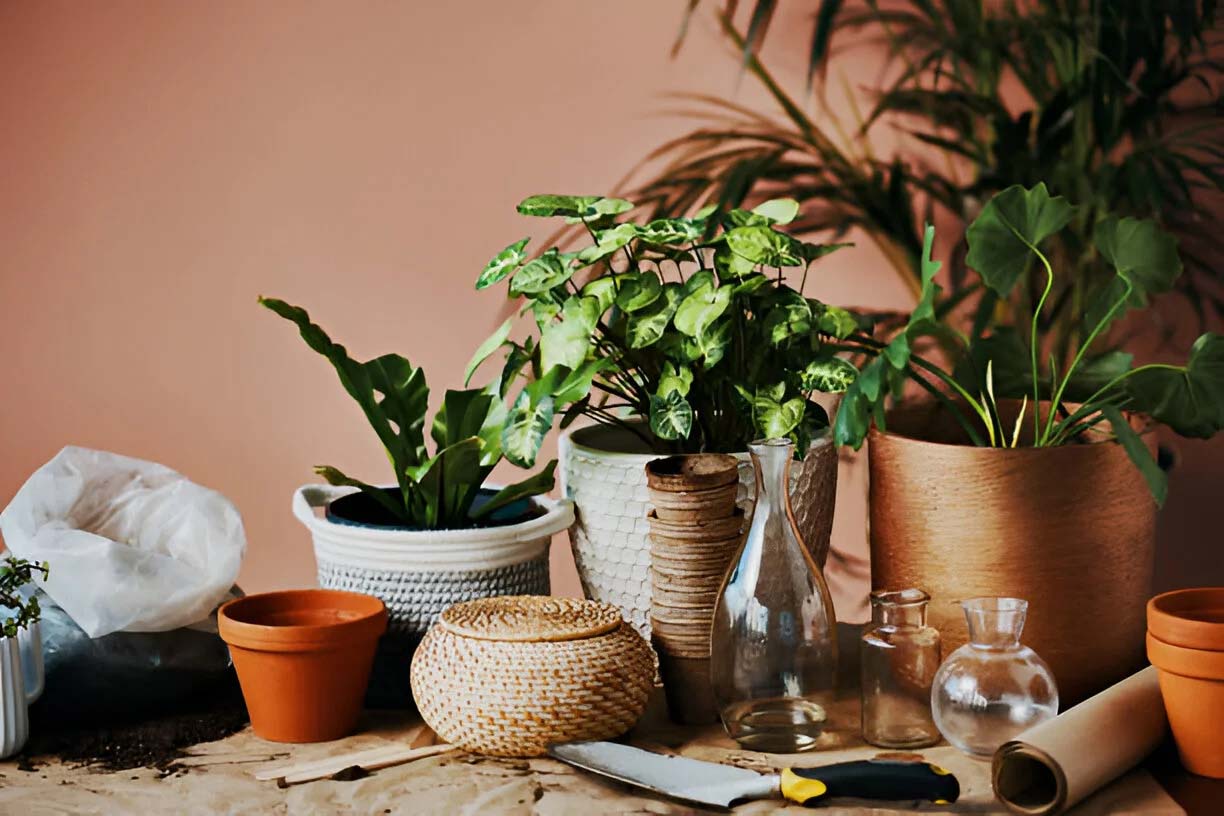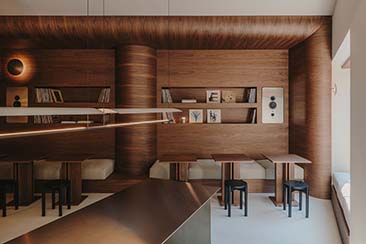When it comes to gardening, choosing between indoor and outdoor planters is a crucial decision that can affect the health and growth of your plants. Each type of planter has unique benefits and drawbacks, so understanding these differences will help you make an informed choice for your gardening needs.

Benefits of Outdoor Planters
Outdoor planters offer the advantage of natural sunlight, which is essential for photosynthesis and healthy plant growth. They provide more space for larger plants and allow you to grow a wider variety of species. Learning what size planter for your front porch is best can also make an important decision.
Outdoor planters can enhance the beauty of your garden, patio, or balcony with their diverse designs and materials. Additionally, outdoor plants often require less frequent watering due to natural rainfall. However, outdoor planters are subject to weather fluctuations and pest infestations, which can be challenging to manage.
Understanding Indoor Planters
Indoor planters are designed to fit the aesthetics and environmental conditions of your home. They come in various styles, materials, and sizes to match your interior decor. The primary advantage of indoor planters is the ability to control the environment. You can regulate temperature, humidity, and light exposure, making it easier to create optimal conditions for your plants. Indoor planters also reduce the risk of pests and diseases that are common outdoors. However, indoor plants require more attention to ensure they receive adequate light and are not overwatered.

Choosing the Right Material
The material of your planter significantly impacts its functionality and aesthetics. Common materials include plastic, terracotta, wood, and metal.
– Plastic Planters: Plastic planters are incredibly versatile and come in a wide range of colors and designs, allowing you to match them with any decor style. Their lightweight nature makes them easy to move, which is especially beneficial for rearranging indoor plants or relocating outdoor plants to protect them from harsh weather. However, plastic can become brittle over time when exposed to direct sunlight, so UV-resistant options are preferable for outdoor use.
– Terracotta Planters: Terracotta planters are prized for their natural, earthy appearance, which adds a rustic charm to your gardening space. They are excellent for plants that require good drainage and aeration due to their porous nature. However, they are prone to cracking in freezing temperatures, making them less ideal for outdoor use in colder climates unless they are brought indoors during winter.
– Wooden Planters: Wooden planters provide excellent insulation for plant roots, protecting them from extreme temperature fluctuations. They are also customizable, as you can paint or stain them to match your garden’s aesthetic. On the downside, wooden planters are susceptible to rot and insect damage if not properly treated, so regular maintenance and the use of liners or sealants are necessary to prolong their lifespan.
– Metal Planters: Metal planters offer a sleek, contemporary look and are highly durable, resisting damage from impacts and general wear and tear. They are particularly suitable for modern or industrial-themed spaces. However, metal can conduct heat, potentially harming plant roots during hot weather, and may require insulation or placement in shaded areas to mitigate this issue. Additionally, certain metals may rust over time if not properly coated or maintained.
Drainage and Maintenance
Proper drainage is critical for preventing root rot and ensuring healthy plant growth. Indoor planters should have drainage holes and a saucer to catch excess water, while outdoor planters can benefit from being slightly elevated to improve drainage. Regular maintenance is essential for both indoor and outdoor planters.
Indoor planters need periodic cleaning to prevent mold and mildew, while outdoor planters may require treatments to protect against weather damage and pests. Consider the maintenance requirements when choosing planters to match your lifestyle and gardening habits.
Matching Planters to Plants
Not all plants thrive in the same conditions, so it’s important to match your planters to the needs of your plants.
– Indoor plants like succulents and cacti require planters that provide excellent drainage and prevent overwatering.
– Tropical plants may benefit from humid conditions and planters that retain moisture.
– Outdoor plants, such as herbs and vegetables, need larger planters with sufficient depth for root development.
Consider the specific requirements of your plants, including light, water, and space needs, when selecting planters to ensure optimal growth and health.
Choosing between indoor and outdoor garden planters depends on your gardening goals, environmental conditions, and the specific needs of your plants. By understanding the benefits and challenges of each type, selecting the right materials, ensuring proper drainage, and matching planters to plants, you can create a thriving garden that enhances your living space. Whether you prefer the controlled environment of indoor gardening or the natural beauty of outdoor planting, the right planters can make all the difference in your gardening success.








